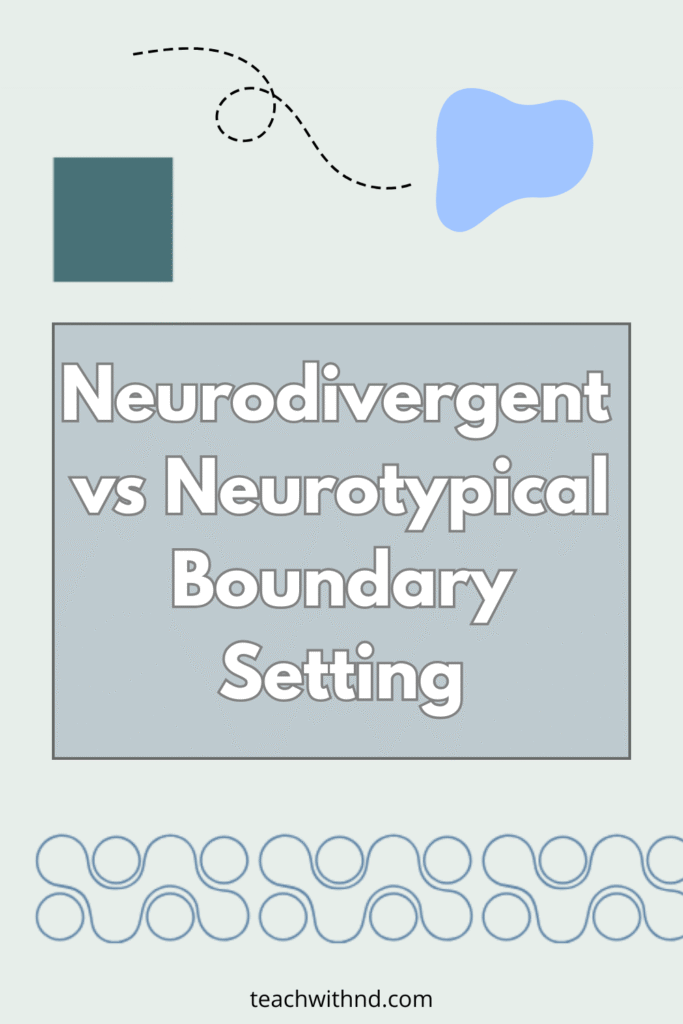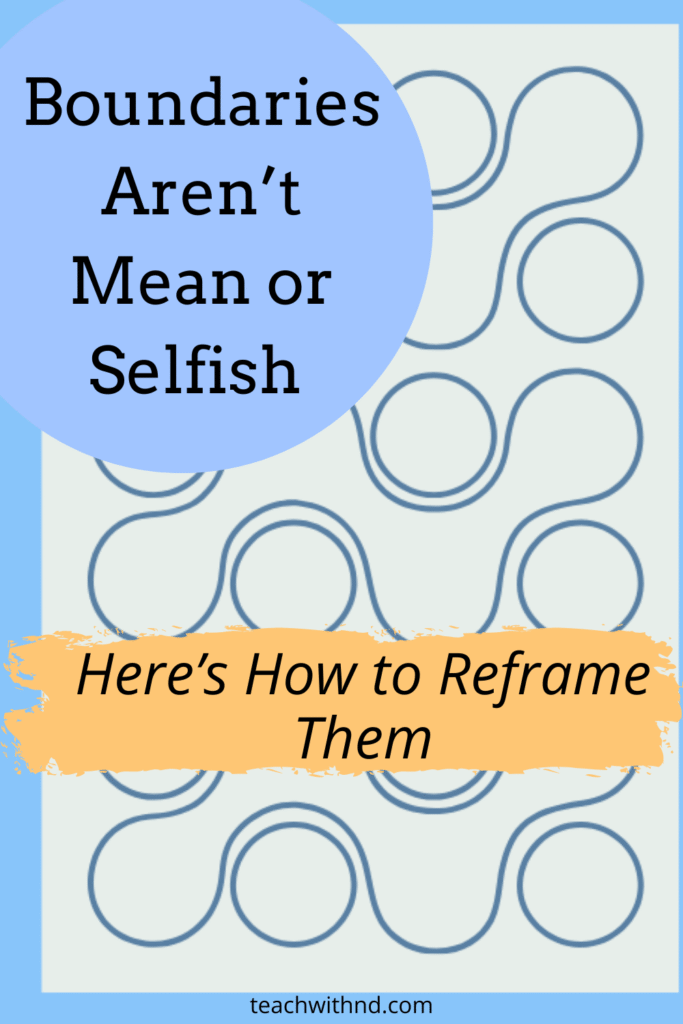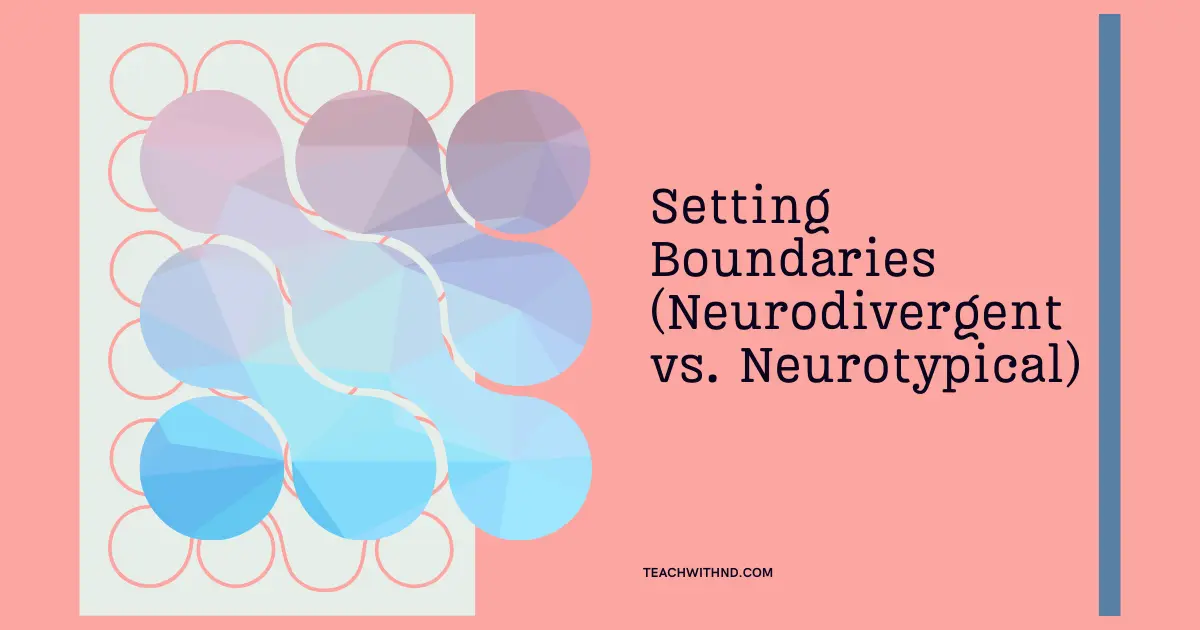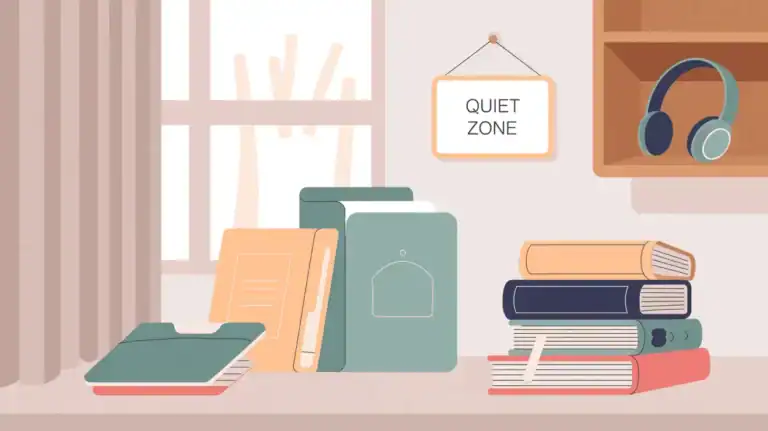5 Essential Ways Setting Boundaries Is Different for Neurodivergent Teachers
I once agreed to be in a staff flash mob.
At the time, it sounded fun. Harmless.
Wholesome, even.
But I didn’t think through the rehearsals.
Or the fact that I’d somehow end up volunteering to help edit the video… and then re-edit it… twice.
Somewhere around the fourth version—when I was adjusting audio levels at midnight?
I realized this wasn’t just poor time management.
It was a boundary problem.
Let's look at how setting boundaries neurodivergent vs neurotypical can be different, especially for teachers.
In this post, you’ll find:
- What boundary setting can look like for neurotypical folks
- Why that comparison can be super misleading (and not at all helpful)
- Practical tools to help you build boundaries that actually work for your brain and life
If you’ve ever accidentally turned a “sure, I can help” into a multi-week commitment that hijacked your evenings, you’re not alone.
Ever feel like boundary setting is a skill that everyone else got handed… except you?
Same.
If you’re a teacher with ADHD, autism, or any other flavor of neurodivergence, I promise: it’s not just you.
Boundary setting can feel weirdly hard, even when you know it’s necessary.
I’ve Been There Too
Overcommitting.
People-pleasing like it’s a competitive sport>
Dragging myself through Friday afternoon like a teacher zombie.
Once I finally understood why boundary setting felt so hard—and what made it different for me as a neurodivergent educator—
everything changed.
Well I mean, I left eventually.
But hopefully this will help you if you're looking for ways to make your daily life (in or out of the classroom) feel more comfortable.
Sign up here for your free ADHD in Women Checklists guide!

What Neurotypical Boundaries Can Look Like
Some people just seem to get boundaries.
Like it’s second nature.
For neurotypical folks (and those who haven’t been impacted as heavily by trauma), that actually might be true.
Here’s why.

They Have More Predictable Executive Function
You know that coworker who finishes her grading before the weekend?
Yeah. Her brain might just naturally remember things, make plans, and stick to them.
Without complete exhaustion afterwards.
Communication Feels More Straightforward
Neurotypical brains can have an easier time saying what they need without second guessing.
Not as much of the “Am I being too much?” territory.
They don’t have to script every sentence like they’re playing social Jenga.
Limit-Setting Feels Natural
They might feel when they’re nearing a limit and, wild thought, do something about it before hitting meltdown mode.
Jealous? Me too.
A Quick Example
Let’s say a neurotypical teacher knows she needs to be in bed by 10.
She might:
- Make a quick dinner
- Stick to her routine
- Tell her partner she’s going to bed early
- Say no to a late-night Zoom without needing a 12-point justification
Simple, right?
Now let’s talk about how this doesn’t work for us.

Neurodivergent Boundary Setting: A Whole Different Vibe
Boundary setting for us isn’t just a behavior.
It's not just about knowing what to do.
It's the getting started that can be so awfully challenging.
There's several reasons why boundaries are so difficult for nd people.
(Again, everyone is different.)
Sensory Overload
It’s hard to express your needs when it feels like your brain is on over-drive.
All the time.
Emotional Whirlpools
You may know what you need, but the emotional intensity around asking for it feels like too much.
Guilt and shame ensues.
That awkward “Am I being difficult?” echo.
Inconsistent Energy
One day I could stay up late lesson-planning like a caffeinated squirrel.
The next day, I couldn't respond to a text.
That kind of unpredictability makes boundary maintenance harder, even when the intention is there.
Our batteries get depleted and it may take longer to replenish.
Communication Gets… Complicated
Being direct may be your default.
But being misunderstood as “rude” or “too blunt”?
Might also come with the territory, right?
Especially as a neurodivergent woman, this can get layered fast with so much.
People-pleasing, unspoken norms, and the exhausting game of decoding tone.
These are a few of the ways setting boundaries neurodivergent vs neurotypical can differ.
(Learn more here at my guide on understanding neurodivergent boundaries.)

Burnout: The Unspoken Consequence
When you’re constantly filtering your communication, managing other people’s emotions, and guessing at invisible rules—you hit a wall.
Fast.
Many ND teachers crash into burnout without even realizing it’s boundary-related.
Of course it's not that teacher's fault.
I'm just saying that boundaries (or not having them) factors into it.
Here are some boundaries examples that you might find helpful.
Okay… So What Can We Do?
Let’s shift from theory to real-life tools.
These are practical strategies that have actually helped me (and others in the Teach with ND community) build boundaries that feel doable.
Somatic Tools First, Always
Your body knows before your brain does.
Breathwork, body scans, arm squeezes can all help you notice when you’re nearing capacity.
And earlier awareness can help you make firmer boundaries.
Externalize the Executive Function
Don’t rely on memory or motivation.
Try:
- Visual timers
- Daily checklists
- A “wrap-up” routine with 3 steps max
Even automating something like having your sunglasses near the recess door can create space for boundaries.
RSD-Friendly Boundary Practice
If you struggle with Rejection Sensitivity Dysphoria, you are not being dramatic.
Start with tiny asks—like choosing the takeout place—or saying no to something low-stakes.
Build up from there.
You’re allowed to have needs, even if your brain disagrees.
And especially even if people in your life are telling you otherwise.
Try a Timer Check-In
Set a timer for 2 check-ins a day with yourself.
Ask: “Do I need a break? Do I need water?”
Adjust and notice what emotions or sensations come up for you.
It’s like giving your nervous system permission to speak up.
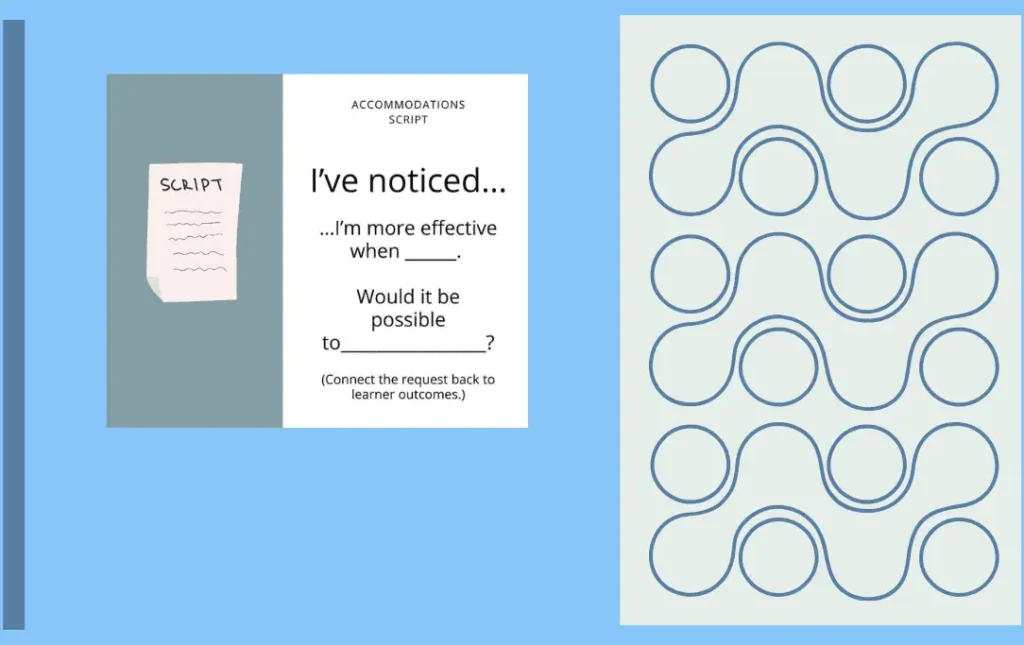
Communication Scripts Help Too
If words freeze in your mouth, it’s not because you’re unprepared.
It’s because your brain can get caught on details and words.
Practice phrases like:
- I’m not available for that right now
- I need to check my calendar first
- Thank you for thinking of me but this is just not a good time
That last one is a personal favorite.
I've got more boundaries scripts lined up for you here.
A Note on Comparison
Your neurotypical coworker has a different brain than yours.
Not a better brain.
You’re not broken.
You might need different tools.
But you may have gifts or talents in other areas.
Am I right?
Think about what are the things that come naturally to you.
Do you pay as much attention to those skills?
I'm an excellent musician, even if I struggle with time estimation.
This kind of reframe can be really helpful as you continue your healing journey.
Plus there are valid reasons for why do boundaries matter in the first place.
Key Takeaways: ND vs NT Boundary Setting
Neurotypical Teachers May Have:
- Smoother executive function
- Easier emotional regulation
- Different communication skill set
Neurodivergent Teachers Often Face:
- Sensory and emotional overload
- Inconsistent energy
- Fear of being misunderstood
- Social fatigue from over-explaining
But with support, awareness, and some time?
You can learn how to set boundaries that protect your energy and your heart.
Plus, there's much more to talk about when it comes to setting boundaries with family.
Found Something Helpful? I'd Be So Grateful If You'd Please Pin One of These Images!
It truly helps my blog reach more teachers like you. Thank you!

